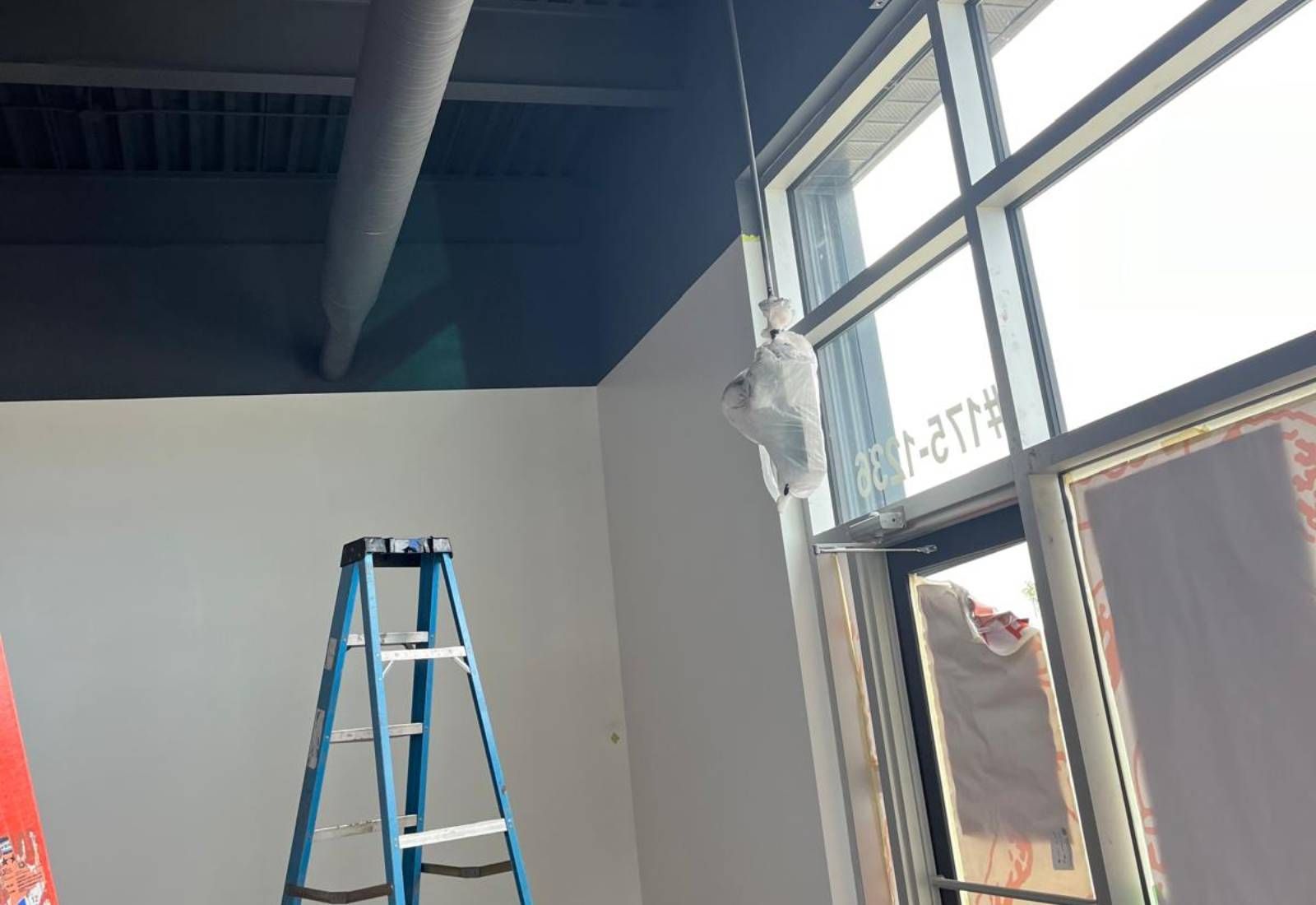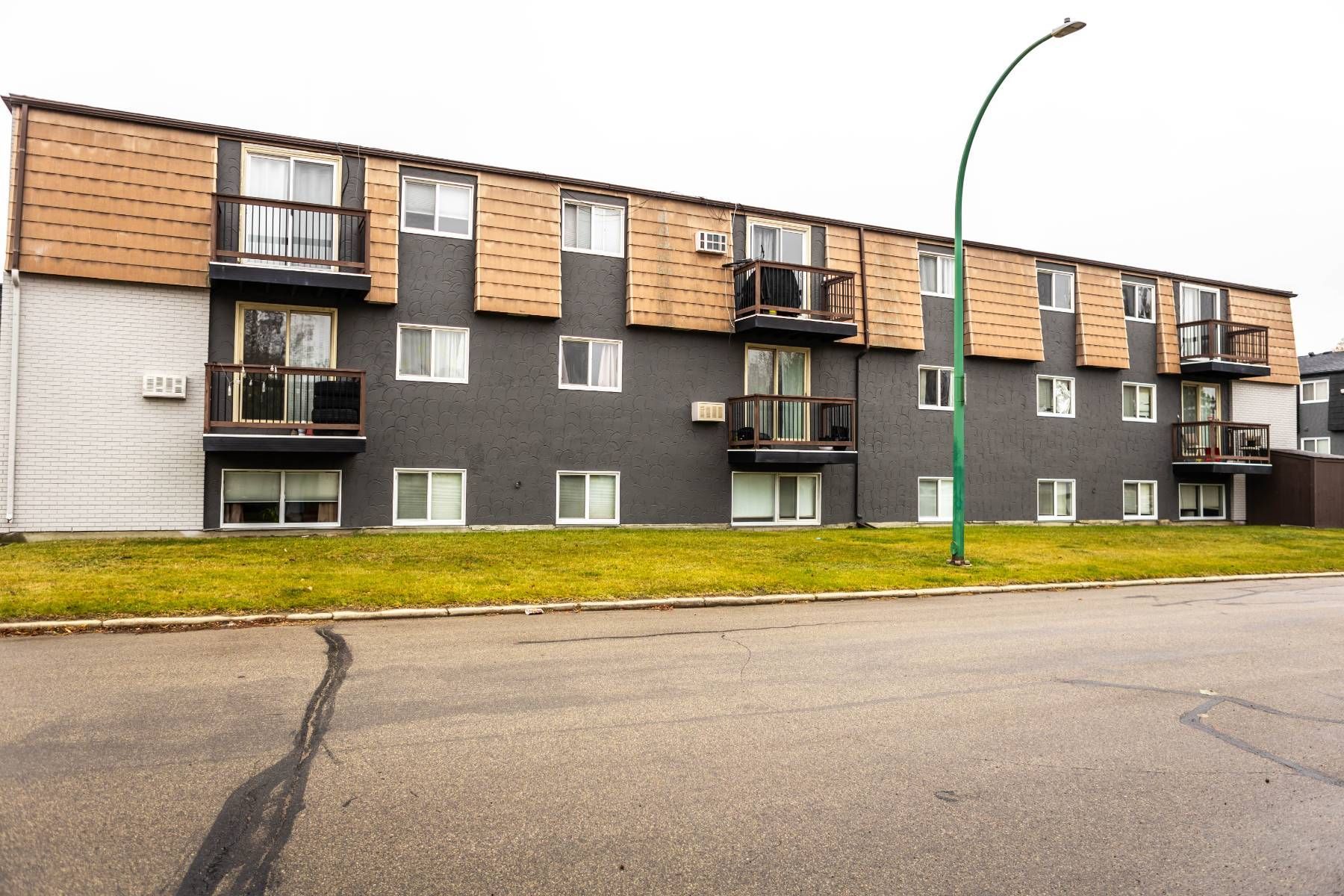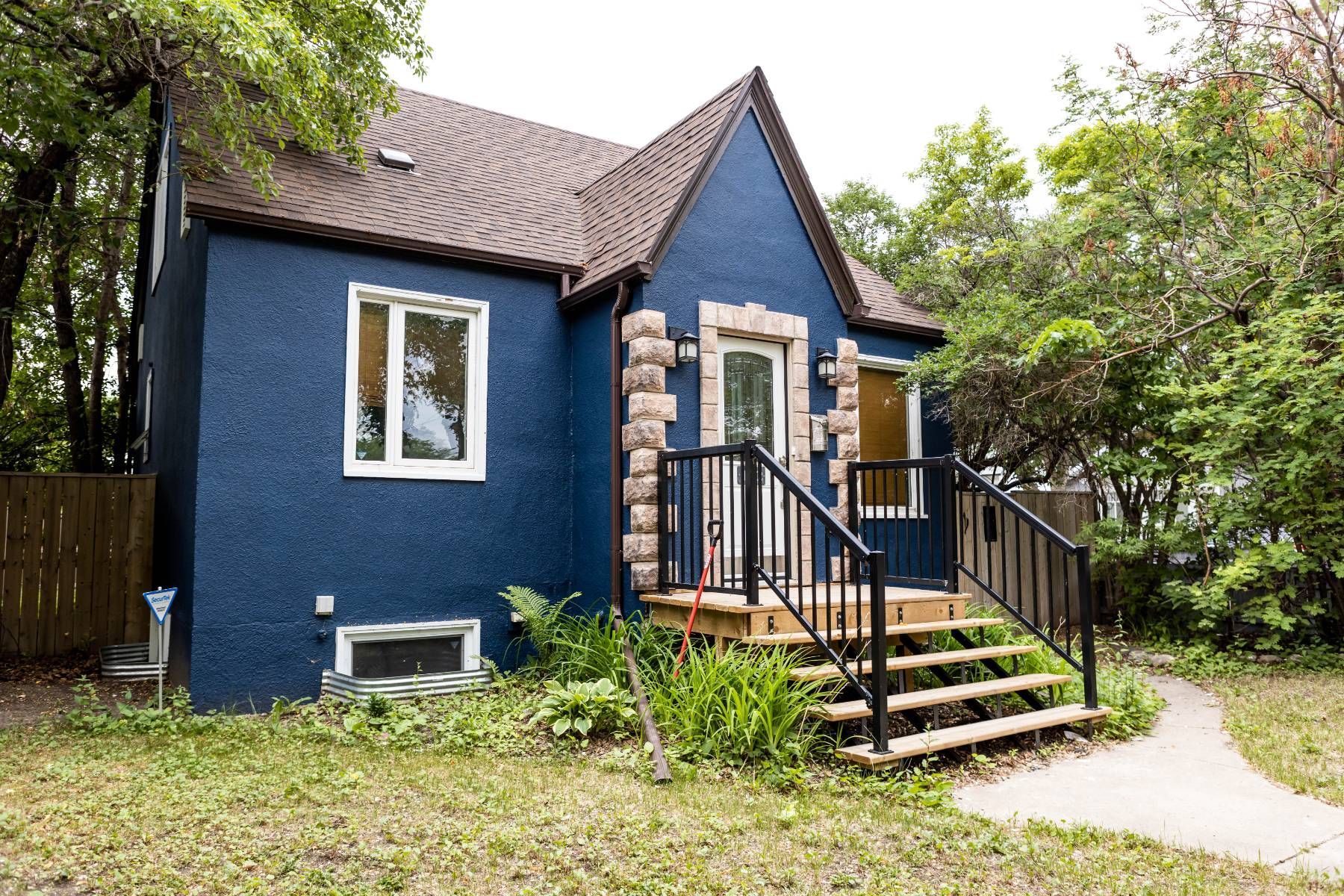Understanding Maintenance Painting

Commercial buildings are more than just structures; they're the face of businesses, the environment for employees, and often the first impression for clients. Keeping these edifices in top condition isn't just about aesthetics—it's a crucial aspect of property management that impacts everything from brand image to structural integrity. At the heart of this maintenance lies the often underappreciated yet vital practice of commercial painting.
Regular upkeep through professional painting services does more than just refresh the look of a building. It serves as a protective shield against the elements, prevents costly repairs, and can even boost property value. However, navigating the world of commercial painting maintenance can be complex, with considerations ranging from budget planning to choosing the right contractors.
This comprehensive guide delves into the nuances of commercial painting maintenance, offering insights for facility managers, property owners, and business leaders alike. We'll explore the importance of regular upkeep, the benefits of professional services, and practical strategies for implementing an effective maintenance plan. Whether you're managing a retail space, an office complex, or an industrial facility, understanding the ins and outs of commercial painting maintenance is key to preserving your property's beauty and functionality for years to come.
The Importance of Regular Commercial Painting Maintenance
Maintaining the painted surfaces of a commercial property is far more than a cosmetic concern. It's a critical component of overall building maintenance that offers numerous benefits beyond mere appearances. Regular painting maintenance serves as a proactive measure against wear and tear, protecting the underlying structures from damage caused by environmental factors.
One of the primary advantages of consistent upkeep is the prevention of costly repairs. By addressing minor issues before they escalate, property managers can avoid extensive damage to surfaces that would otherwise require significant renovation. This preventative approach not only saves money in the long run but also minimizes disruptions to business operations.
Moreover, well-maintained painted surfaces contribute significantly to the overall impression of a business. A fresh, clean appearance can enhance brand image, boost employee morale, and create a positive environment for clients and visitors. In competitive markets, this attention to detail can be a distinguishing factor that sets a business apart from its rivals.
From a practical standpoint, regular painting maintenance also extends the lifespan of building materials. Paint acts as a barrier against moisture, UV rays, and other damaging elements, thereby protecting walls, wood, and metal surfaces from premature deterioration. This protective quality is particularly crucial for exterior surfaces that are constantly exposed to the elements.
Additionally, staying on top of painting maintenance can help property owners remain compliant with various regulations and standards. Many industries have specific requirements regarding the condition and appearance of commercial spaces, and regular upkeep ensures these standards are consistently met.
Understanding the Lifecycle of Commercial Paint
The lifespan of paint in a commercial setting varies widely depending on several factors. Understanding this lifecycle is crucial for developing an effective maintenance strategy. Generally, exterior paint may last anywhere from 5 to 10 years, while interior paint can endure for 7 to 10 years under optimal conditions.
However, these timelines can be significantly affected by environmental factors, quality of the paint used, and the level of wear and tear the surfaces experience. High-traffic areas, for instance, may require more frequent touch-ups or repainting. Similarly, buildings in harsh climates or industrial environments might need more regular maintenance due to increased exposure to damaging elements.
The type of surface being painted also plays a role in determining the paint's longevity. Metal surfaces, for example, may require more frequent repainting than concrete or wood due to their susceptibility to corrosion. Understanding these nuances allows for more accurate planning and budgeting for maintenance needs.
It's important to note that the end of a paint job's lifecycle isn't always marked by peeling or visible damage. Often, the protective qualities of the paint begin to diminish long before visible signs appear. Regular inspections by professional painters can help identify when a surface is due for repainting, even if it still looks acceptable to the untrained eye.
By recognizing the various stages of a paint job's lifecycle, property managers can implement timely interventions, ensuring that surfaces are protected and aesthetically pleasing at all times. This proactive approach not only maintains the building's appearance but also prevents more serious issues from developing due to neglected maintenance.
Key Components of a Commercial Painting Maintenance Plan
A well-structured commercial painting maintenance plan is essential for preserving the integrity and appearance of any business property. Such a plan should be comprehensive, addressing both immediate needs and long-term preservation goals. Here are the key components that should be included in an effective maintenance strategy:
Regular Inspections
Scheduled inspections form the backbone of any maintenance plan. These should be conducted by trained professionals who can identify early signs of wear, potential problem areas, and surfaces that may require immediate attention. Inspections should cover both interior and exterior surfaces, paying special attention to high-traffic areas and regions exposed to harsh conditions.
Cleaning and Surface Preparation
Before any painting can occur, surfaces must be properly cleaned and prepared. This step is crucial for ensuring paint adhesion and longevity. A maintenance plan should include regular cleaning schedules for painted surfaces, as well as protocols for preparing areas that require repainting or touch-ups.
Touch-Up Protocols
Not every maintenance task requires a full repaint. Establishing clear protocols for touch-ups can address minor issues quickly and efficiently, prolonging the overall life of the paint job. This might include keeping a record of paint colors and finishes used throughout the building for easy matching.
Scheduled Repainting
Based on the lifecycle of different painted surfaces within the property, the maintenance plan should include a schedule for full repainting projects. This forward-thinking approach allows for better budgeting and minimizes disruptions to business operations.
Quality Control Measures
Implementing quality control checks ensures that all painting work, whether touch-ups or full repaints, meets the required standards. This might involve regular assessments of completed work and feedback mechanisms to address any issues promptly.
Environmental Considerations
A comprehensive plan should take into account the environmental factors that can affect paint longevity. This might include strategies for dealing with high humidity, extreme temperatures, or industrial pollutants, depending on the property's location.
Budget Allocation
Financial planning is a critical component of any maintenance strategy. The plan should outline budget allocations for regular maintenance tasks, as well as provisions for larger repainting projects. This helps in avoiding unexpected expenses and ensures that necessary work is not delayed due to financial constraints.
Contractor Selection Criteria
Establishing clear criteria for selecting painting contractors ensures consistency in the quality of work. This might include requirements for certifications, experience, insurance, and familiarity with specific types of commercial properties.
Documentation and Record-Keeping
Maintaining detailed records of all painting work, including dates, areas covered, products used, and contractors employed, is essential for long-term maintenance planning. This documentation can inform future decisions and help track the performance of different paints and techniques over time.
Choosing the Right Paint for Commercial Applications
Selecting the appropriate paint for a commercial property is a decision that impacts both the immediate appearance and long-term maintenance needs of the building. The right choice can enhance durability, reduce maintenance frequency, and contribute to the overall aesthetic appeal of the space. Here are key factors to consider when choosing paint for commercial applications:
Durability and Longevity
Commercial spaces often experience higher levels of wear and tear compared to residential properties. Therefore, durability should be a top priority. Look for paints specifically formulated for commercial use, which often offer enhanced resistance to scuffing, marking, and frequent cleaning.
Environmental Resistance
Depending on the location and use of the building, the paint may need to withstand various environmental challenges. For exterior applications, consider paints with high UV resistance and the ability to withstand temperature fluctuations. For interior spaces in humid environments like kitchens or bathrooms, mold and mildew-resistant formulations are crucial.
Ease of Cleaning
In high-traffic commercial areas, the ability to clean painted surfaces easily and frequently without damaging the finish is essential. Many modern commercial paints are designed to withstand regular cleaning with mild detergents, maintaining their appearance even with frequent washing.
VOC Content
Volatile Organic Compounds (VOCs) are a concern in many commercial settings due to their potential health impacts. Low-VOC or zero-VOC paints are increasingly popular, not only for their environmental benefits but also because they allow for quicker occupancy after painting, minimizing business disruptions.
Finish Selection
The choice of finish (matte, eggshell, satin, semi-gloss, or gloss) impacts both the appearance and functionality of the painted surface. High-traffic areas or spaces that require frequent cleaning might benefit from more durable, higher-gloss finishes, while areas where a softer look is desired might use matte or eggshell finishes.
Color Stability
For brand consistency and long-term aesthetics, choose paints known for their color stability. This is particularly important for exterior applications where fading can be more pronounced due to sun exposure.
Specialized Formulations
Some commercial spaces may require specialized paint formulations. For example, industrial settings might need paints with chemical resistance, while healthcare facilities often require antimicrobial paints. Understanding the specific needs of the space is crucial in selecting the right product.
Application Properties
Consider the ease of application, especially for large-scale commercial projects. Paints with good coverage and flow characteristics can reduce labor costs and ensure a more uniform finish.
Brand Reputation and Warranty
Opt for paints from reputable manufacturers who offer commercial-grade products. Many top brands provide warranties for their commercial paints, offering an additional layer of assurance for property owners.
Sustainability
With growing emphasis on green building practices, consider paints that contribute to sustainability goals. This might include products made from recycled materials or those that help in achieving LEED certification for the building.
Best Practices for Commercial Painting Maintenance
Implementing best practices in commercial painting maintenance not only ensures the longevity of paint jobs but also contributes to the overall health and appearance of the building. Here are some key strategies to incorporate into your maintenance routine:
Develop a Comprehensive Maintenance Schedule
Create a detailed schedule that outlines when different areas of the property should be inspected, cleaned, and repainted. This schedule should be based on factors such as the type of paint used, the level of wear and tear in different areas, and environmental conditions.
Conduct Regular Inspections
Perform thorough inspections of painted surfaces at least twice a year, or more frequently in high-traffic or environmentally challenging areas. Look for signs of wear, peeling, bubbling, or discoloration that might indicate the need for touch-ups or repainting.
Address Issues Promptly
When problems are identified during inspections, address them quickly. Small issues like minor chips or cracks can often be resolved with simple touch-ups, preventing them from escalating into larger, more costly problems.
Maintain Proper Documentation
Keep detailed records of all painting work, including the types of paint used, color codes, dates of application, and any special treatments or primers. This information is invaluable for future maintenance and ensures consistency in touch-ups and repainting.
Implement Proper Cleaning Protocols
Establish and follow appropriate cleaning procedures for painted surfaces. Use gentle, non-abrasive cleaning methods and products that are compatible with the type of paint used. Regular cleaning helps maintain the appearance of the paint and can extend its lifespan.
Manage Environmental Factors
Take steps to control environmental factors that can affect paint longevity. This might include managing humidity levels, ensuring proper ventilation, or installing UV-protective films on windows to reduce sun damage to interior paint.
Train Staff on Basic Maintenance
Educate facility staff on basic paint maintenance techniques and the importance of reporting any issues they observe. This can help in early detection of problems and contribute to the overall maintenance effort.
Use Quality Materials for Touch-Ups
When performing touch-ups, use the same high-quality paint and tools as were used in the original application. Keeping a small supply of matching paint on hand can facilitate quick repairs when needed.
Consider Preventative Measures
In high-traffic areas or locations prone to damage, consider implementing preventative measures such as corner guards, wall protection panels, or kick plates to reduce wear on painted surfaces.
Stay Informed About New Products and Techniques
Keep abreast of developments in paint technology and application techniques. New products or methods might offer improved durability, easier maintenance, or better environmental performance.
Plan for Major Repainting Projects
While regular maintenance can extend the life of a paint job, eventually, a full repainting will be necessary. Plan for these larger projects well in advance to minimize disruption to business operations and ensure proper budgeting.
Conduct Post-Project Evaluations
After completing any significant painting work, conduct a thorough evaluation to assess the quality of the job and identify any areas for improvement in future projects or maintenance procedures.
By incorporating these best practices into your commercial painting maintenance strategy, you can ensure that your property remains in top condition, projecting a professional image while protecting the underlying structures from damage and decay.
Take Care of Your Business - Create a Maintenance Plan Today
Commercial painting maintenance is a multifaceted endeavor that requires careful planning, consistent execution, and a deep understanding of both the aesthetic and functional roles that paint plays in a commercial setting. By implementing a comprehensive maintenance strategy that includes regular inspections, prompt addressing of issues, and the use of high-quality materials and techniques, property managers and business owners can significantly extend the life of their paint jobs while maintaining the professional appearance of their facilities.
The benefits of a well-maintained painted environment extend far beyond mere aesthetics. They contribute to the overall health of the building, protect against structural damage, and can even impact the productivity and well-being of those who work within these spaces. Moreover, a proactive approach to painting maintenance can lead to substantial cost savings over time by preventing minor issues from escalating into major problems.
As the commercial landscape continues to evolve, so too do the technologies and methodologies associated with painting maintenance. Staying informed about these advancements and being willing to adapt maintenance strategies accordingly can provide a competitive edge in property management.
Ultimately, the key to successful commercial painting maintenance lies in viewing it not as a periodic chore, but as an ongoing investment in the property's value, functionality, and appeal. By embracing this perspective and implementing the strategies outlined in this guide, facility managers and property owners can ensure that their commercial spaces continue to shine, both literally and figuratively, for years to come. Contact us to get learn more.


Revive Painting brings life and color to homes and businesses in Saskatoon. With a dedication to quality craftsmanship and personalized service, our team of skilled painters transforms spaces into works of art. Whether it's a fresh coat of paint to revive a tired interior room or a bold statement wall to enhance a storefront's exterior, Revive Painting delivers impeccable results tailored to your vision.
© 2024 Revive PWC All Rights Reserved
